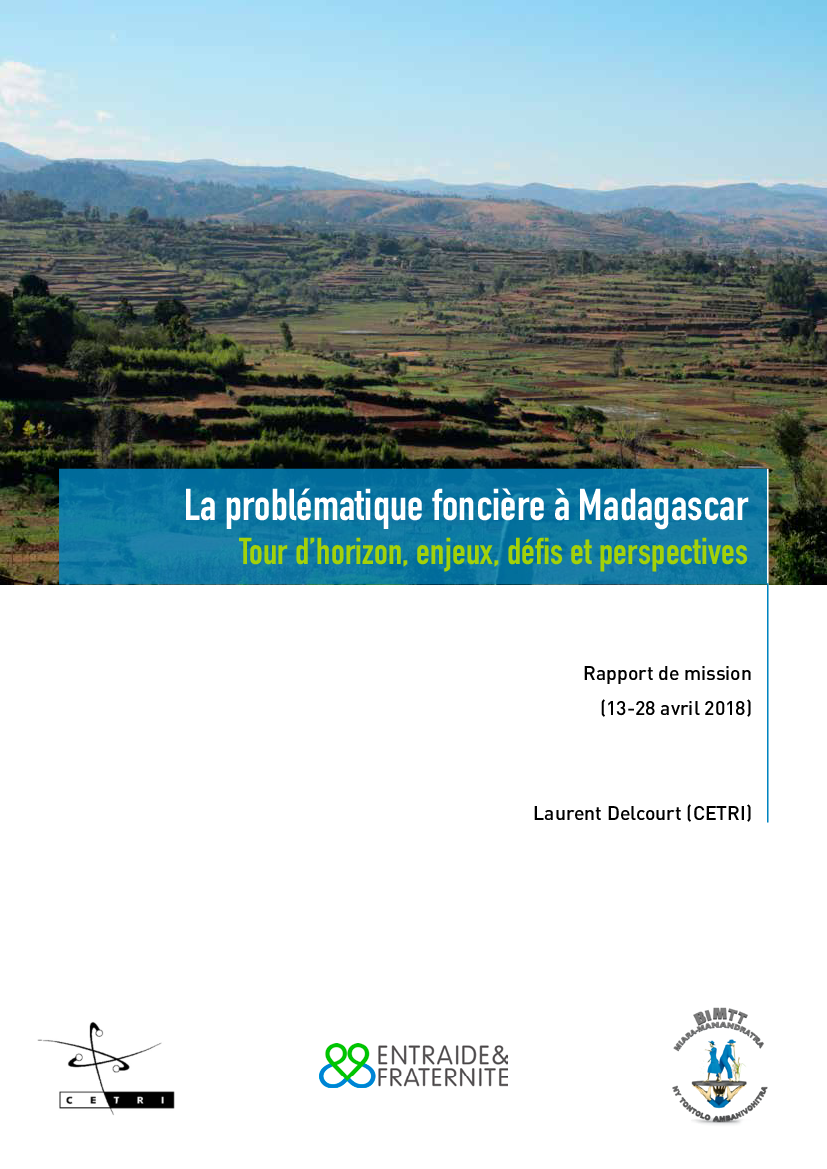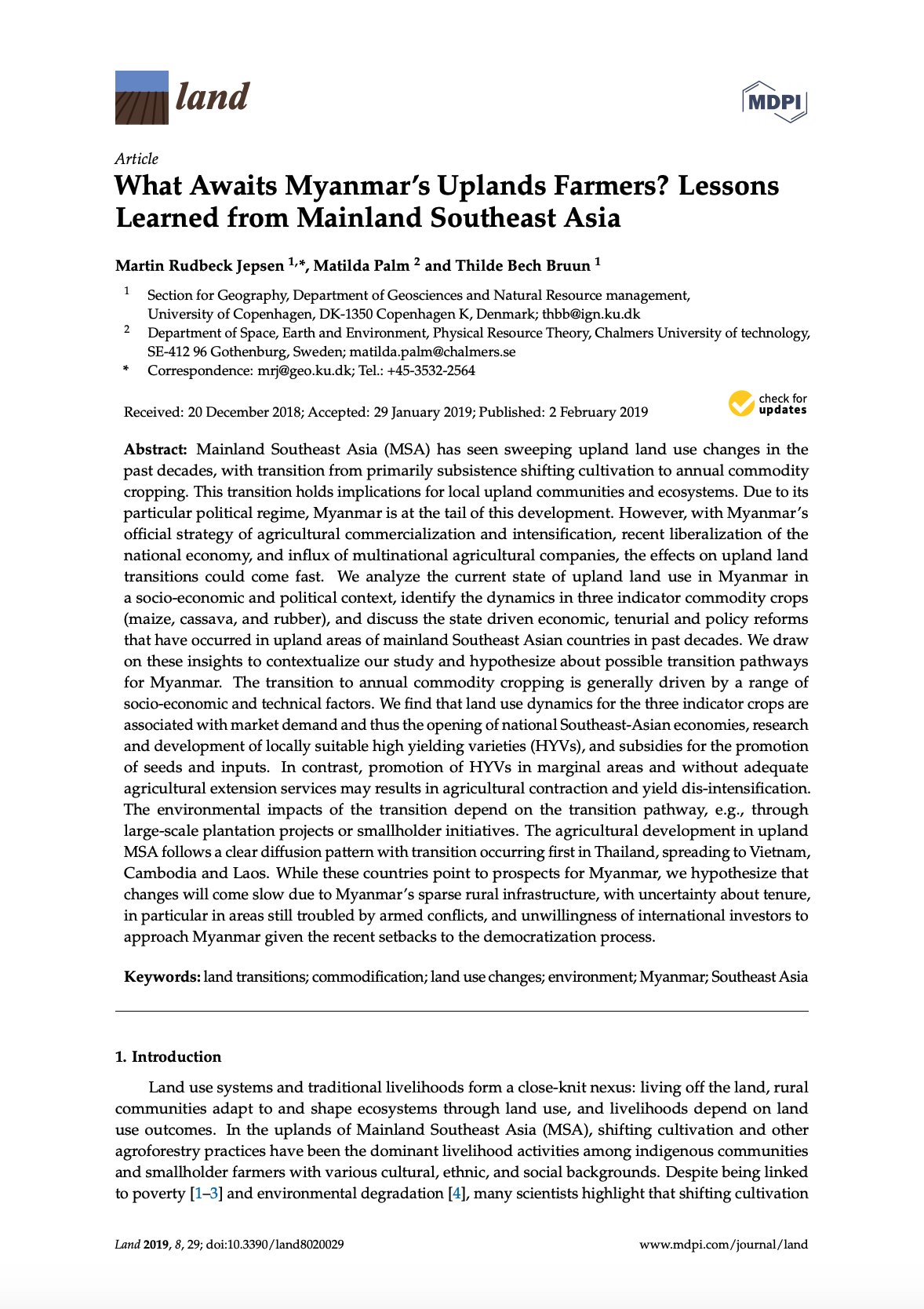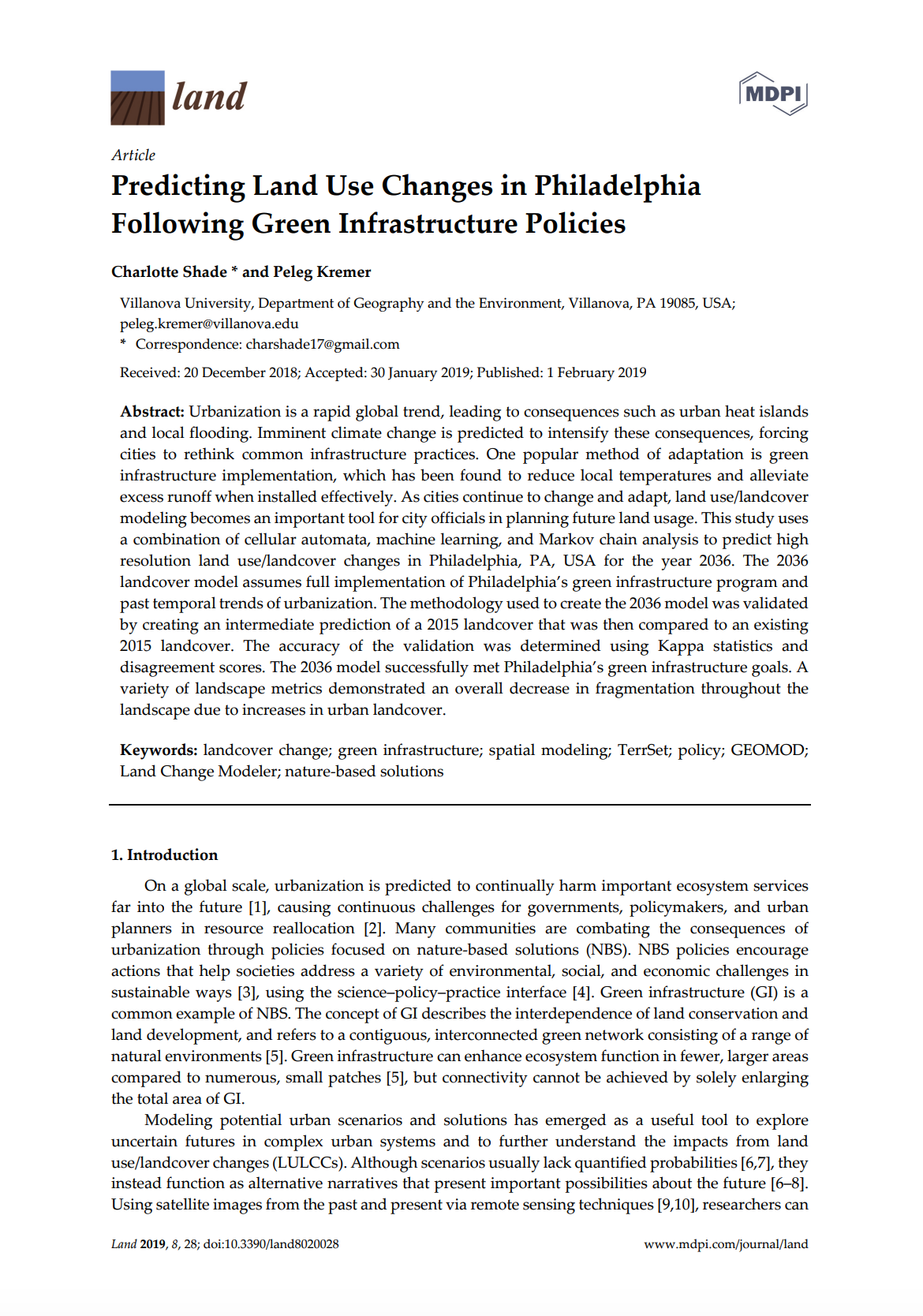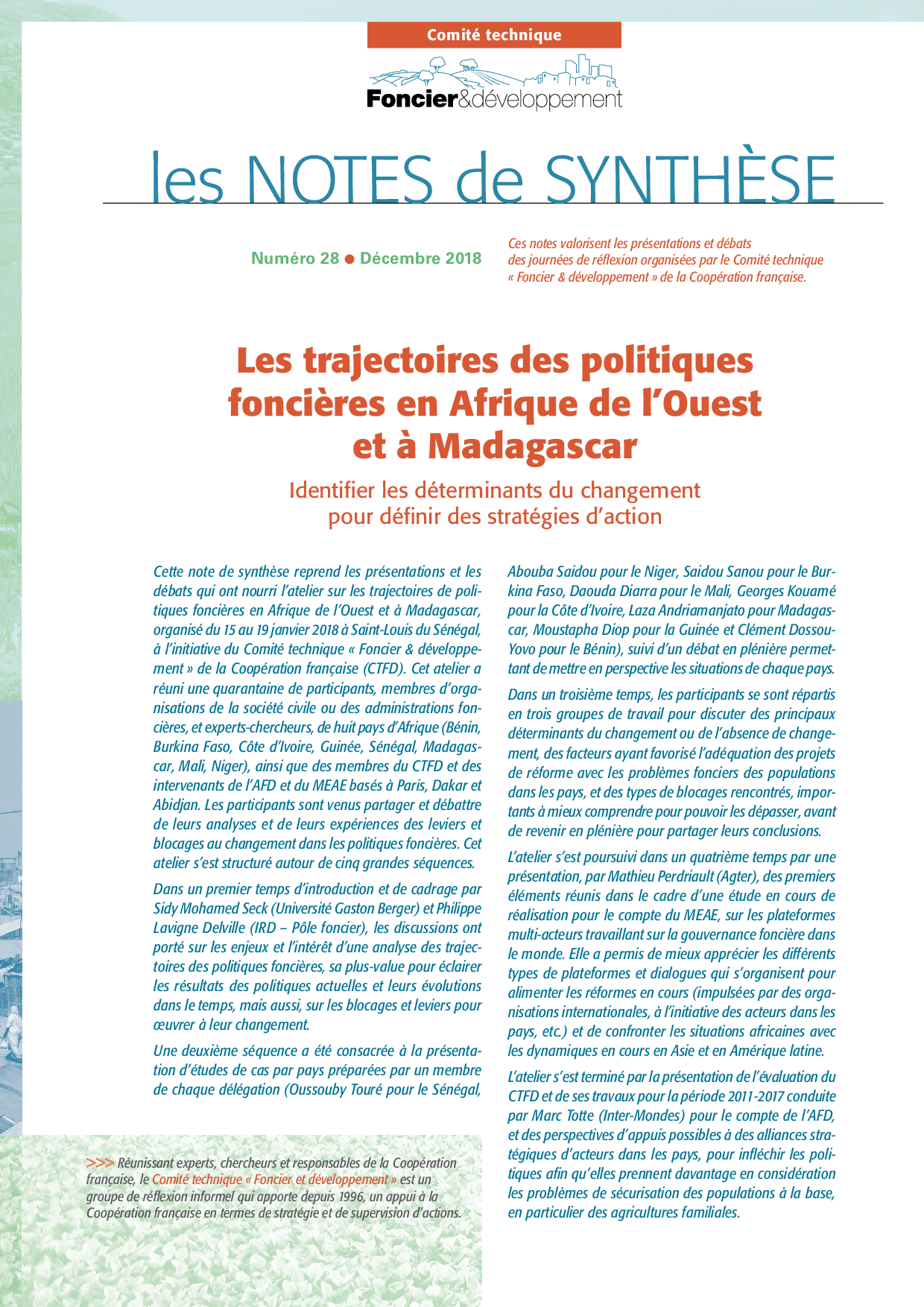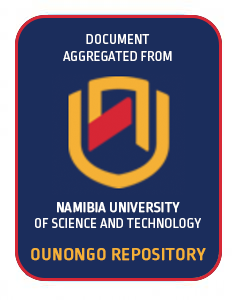Land Reforms in Kenya: Achievements and the Missing Link
This past week, one of the local dailies ran a story narrating how many county and national government institutions are squatters on what used to be public property, and even face eviction by new owners. It described how in Meru for instance, land meant for the most critical public institutions — police stations, hospitals, government offices, roads, even sensitive installations like the County Commissioner’s residence — has been allocated to individuals. Land grabbing and irregular land allocation is commonplace in Kenya.



